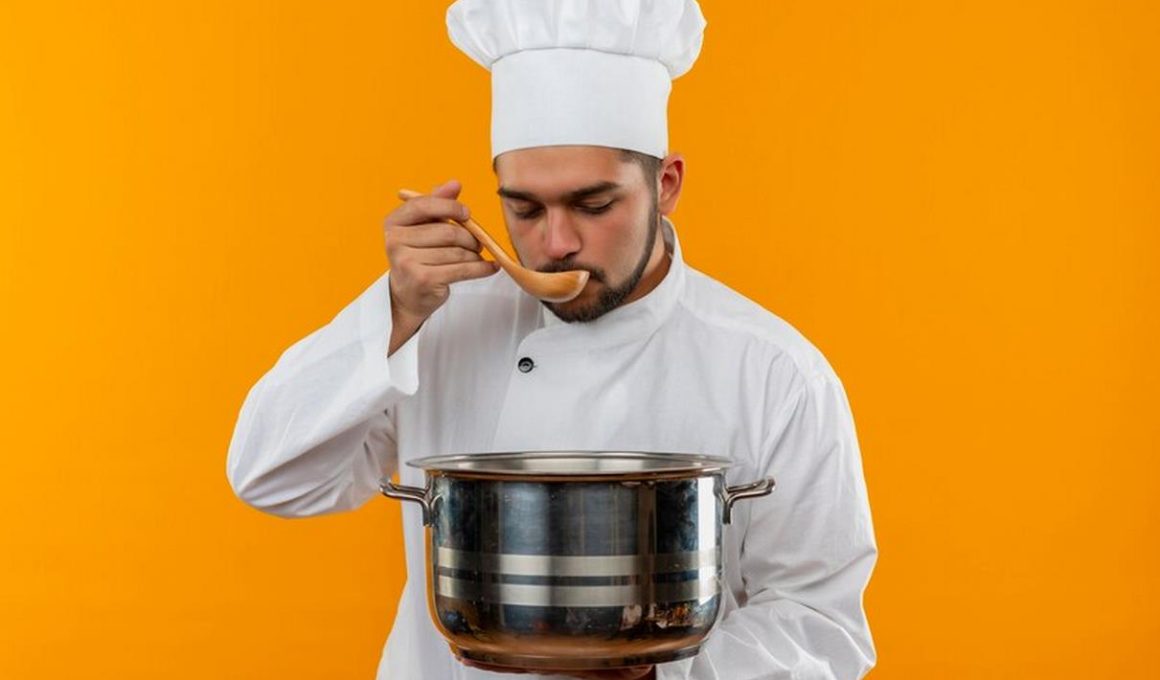Learn how to cook or bake salmon. We’ll look at the preparation, temperature, and time of the dish. Follow these tips to get the most out of your salmon. And remember, the process is much easier than you think. Read on to learn how to cook or bake salmon in the most delicious way possible. You’ll be eating delicious fish in no time. Listed below are some tips and recipes to help you get started.
Recipes
If you’re wondering how to cook or bake salmon, there are several steps to follow. First, you’ll need to thaw the salmon. Most fish stores will thaw the fish for you. If this isn’t possible, you can thaw it overnight in the refrigerator. You can also thaw the fish in a sealed bag under cold running water. Be sure to avoid using hot water when thawing salmon. Once the fish thaws, follow the recipe card below.
To brine salmon, you’ll need 4 cups of water and three tablespoons of salt. After brining the fish, place it in the solution for 15 minutes. To bake salmon, add lemon slices, which will give it a gooey flavor. Fresh herbs are optional, but they are a good flavor addition. Baked salmon is ready after the brining process, but you can skip it if you prefer medium-cooked. When you’re done cooking your salmon, you’ll be able to easily flake it with a fork. The flesh should be opaque and glossy in the center.
Preparation
When baking salmon, the first step is to prepare the poaching liquid. A simple white wine or vegetable stock can do the trick. Add a bay leaf or whole peppercorn. Cover and gently bring to a boil over medium heat. Cook the salmon for fifteen to twenty minutes, flipping once halfway through the cooking time. The poaching liquid should be slightly warm. The salmon will be cooked through when the edges have turned translucent.
If baking salmon, keep it refrigerated for up to two days. Make sure to check the doneness of the fish often to avoid overcooking. You can also bake it right from frozen. Be sure to remove it from the freezer after thawing, as microwave cooking oxidizes the fatty acids in salmon and creates an unpleasant smell. When reheating the fish, place it in the oven.
Temperature
When cooking or baking salmon, it’s important to know the temperature. This will help you make sure it is cooked properly and to prevent overcooking. A piece of salmon that weighs 1 Ib and is an inch thick will cook in about 20 minutes at 350 F. However, if your piece is five pounds, you will not need to bake it for 100 minutes. If you’re unsure about the temperature of your salmon, check it with a probe thermometer before baking it.
For a medium-rare finish, a fish that is 120 degrees Fahrenheit in the center is cooked to the right temperature. However, if you prefer your salmon medium-rare, cook it to 120 degrees. The temperature of salmon above this level will make the flesh dry and bland. If you’re concerned about your salmon’s texture, you can flake it before baking it. Just be sure to follow all of the steps in this article.
Time
To properly cook salmon, start by thawing it in the refrigerator and then transferring it to the oven at 125 degrees F. Remove the salmon from the refrigerator about 20 minutes before baking. Line the baking sheet with parchment paper or aluminum foil. Bake salmon for 10 to 12 minutes, or until the fish is opaque and glossy inside. For medium-rare doneness, skip the broiling step. When done, remove the skin with a fish spatula.
Then, check the temperature with an instant-read thermometer inserted into the thickest part of the fish. If it is opaque, the fish is done. For medium-rare, the salmon should be cooked to 125oF (52oC). If it’s opaque, it’s done. Anything above 145oF (63oC) will be dry and won’t flake. If you are unsure of the temperature, use a meat thermometer.
Ingredients
Prepare your ingredients before you begin cooking or baking salmon. Fresh salmon should be refrigerated until ready to be used, usually within a few days. To ensure even cooking, allow the fish to thaw in the refrigerator overnight. If frozen, thaw it under cold running water or in the refrigerator for a few hours. Make sure that the water is not hot or it will dry the meat out. After thawing, bring the salmon to room temperature before cooking.
For an even tastier meal, broil your salmon after baking. Broiling brings out extra flavor on the surface and adds roasted notes to the fish. If you want a medium-cooked fish, skip broiling. Make sure that the fish is flaky with a fork and opaque in the center. It should have an internal temperature of 145 degrees Fahrenheit. If you are unsure about how to cook your salmon, try a test piece first and then make adjustments based on the fish’s thickness.
Podobne tematy




